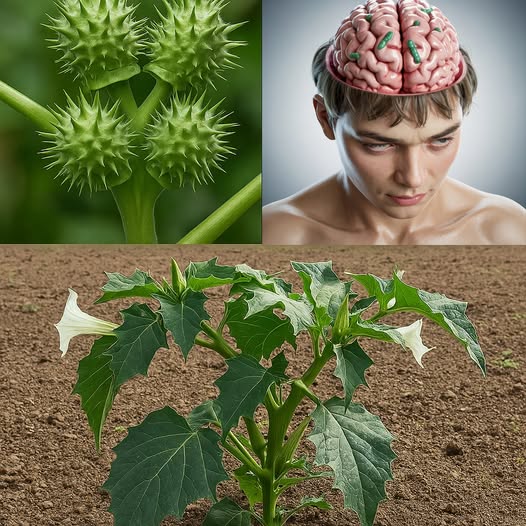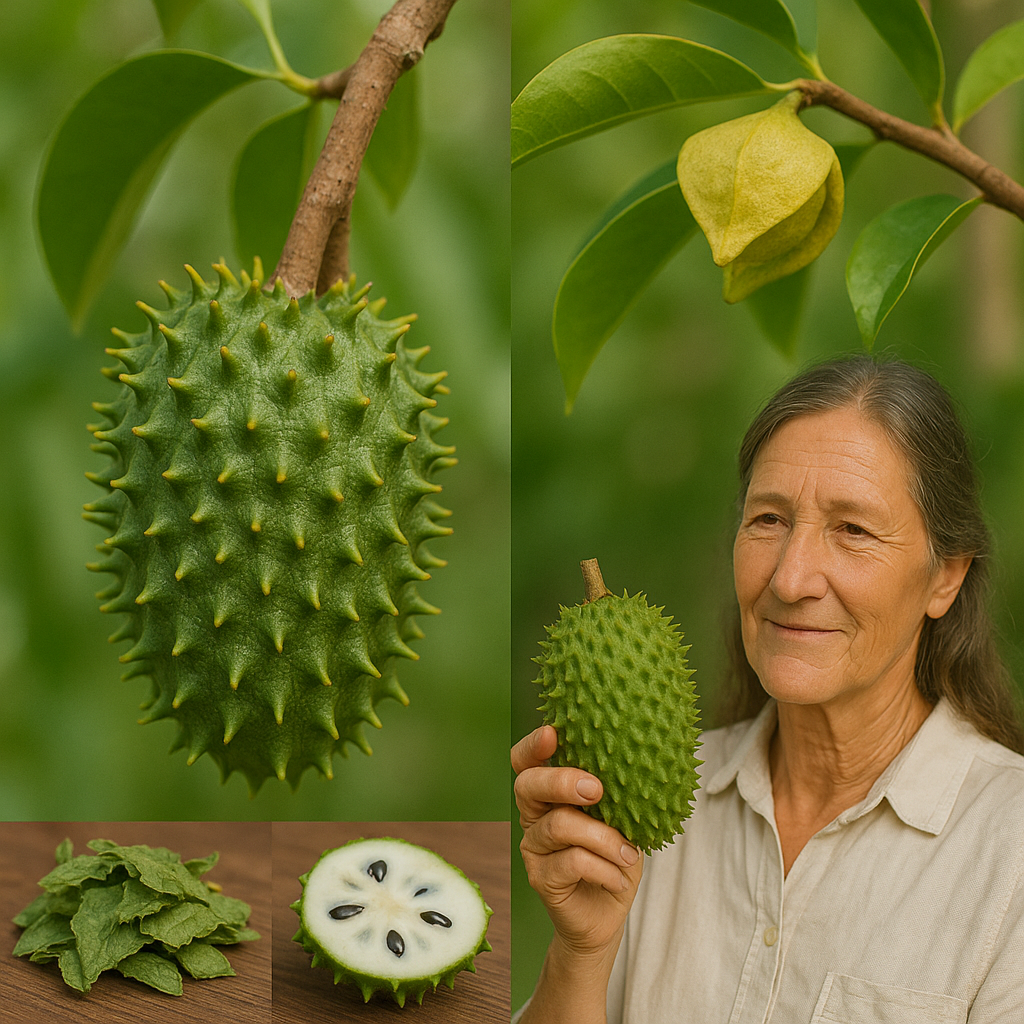At first glance, Datura enchants with its stunning trumpet-shaped flowers and intoxicating fragrance. Often called Jimsonweed, this captivating plant draws curious admirers with its exotic charm, but beneath its beauty lurks a shadowy danger that demands respect and caution.

Unveiling Datura: A Botanical Enigma
Belonging to the nightshade family—the same as tomatoes and potatoes—Datura thrives in diverse environments worldwide. From roadside ditches to neglected gardens, its striking white, purple, or yellow blossoms can appear unexpectedly, inviting admiration yet harboring lethal toxins within its leaves, seeds, and roots.
Toxic Chemistry: Nature’s Double-Edged Sword
The danger of Datura arises from potent tropane alkaloids—primarily atropine, scopolamine, and hyoscyamine—that disrupt the central nervous system. These chemicals can induce dilated pupils, rapid heart rate, sedation, hallucinations, and confusion. Because the concentration of these toxins is unpredictable, even a small amount can trigger severe poisoning.
The Perils of Poisoning
Initial signs of Datura exposure include dry mouth, thirst, and blurred vision. As toxicity escalates, symptoms worsen to disorientation, frightening hallucinations, agitation, and delirium. In extreme cases, respiratory failure, coma, or death may occur. The fine line between a fleeting high and life-threatening emergency is dangerously thin.
Historical and Cultural Shadows
Across cultures, Datura’s use spans from sacred spiritual rituals to traditional medicine, where it was revered for its ability to induce trance-like states and provide pain relief. Yet, its dual nature has led to tragic misuse, reflecting humanity’s eternal dance with nature’s gifts and risks.
Misuse, Misidentification, and Garden Risks
The exotic appeal of Datura tempts many, especially gardeners who may mistake it for its less toxic cousin, Brugmansia. This confusion, coupled with a lack of awareness, can result in accidental poisonings—particularly hazardous for children and pets.
Hallucinogenic Effects: A Dangerous Trip
Datura hijacks brain receptors, producing vivid but often terrifying hallucinations and a distorted sense of reality. User stories reveal experiences that range from brief euphoria to harrowing episodes of paranoia and mental breakdowns, underscoring the unpredictability and danger of its psychoactive use.
Public Health Challenges
Widely accessible in urban and wild settings, Datura poses ongoing threats to community safety. Awareness campaigns, education for healthcare providers, and informed gardening practices are essential to reduce accidental exposures and treat intoxications promptly.
How to Identify and Handle Datura Safely
Recognize Datura by its large trumpet flowers and spiky seed pods. When gardening, opt for non-toxic plants and consult experts to avoid cultivating hazardous species. Teaching children to avoid unknown plants further mitigates risks.
Legal Landscape and Cultural Contrasts
Some countries regulate Datura cultivation and possession due to its toxicity, while others permit traditional uses under controlled conditions. Navigating this complex legal terrain requires understanding local laws and respecting cultural practices.
Datura in Art and Media: Fascination and Fear
Literature and art often portray Datura as a symbol of seductive danger—its beauty intertwined with madness and mystery. Modern media narratives share personal encounters, educating and sometimes glamorizing the plant’s risks, reminding us to approach it with informed caution.
Final Reflection: Respecting Nature’s Paradox
Datura embodies nature’s paradox—mesmerizing yet menacing. Its allure invites curiosity, but its potent toxicity demands knowledge, respect, and responsibility. By fostering awareness and cautious engagement, we can appreciate Datura’s place in the natural world while safeguarding ourselves and our communities from its hidden perils.


